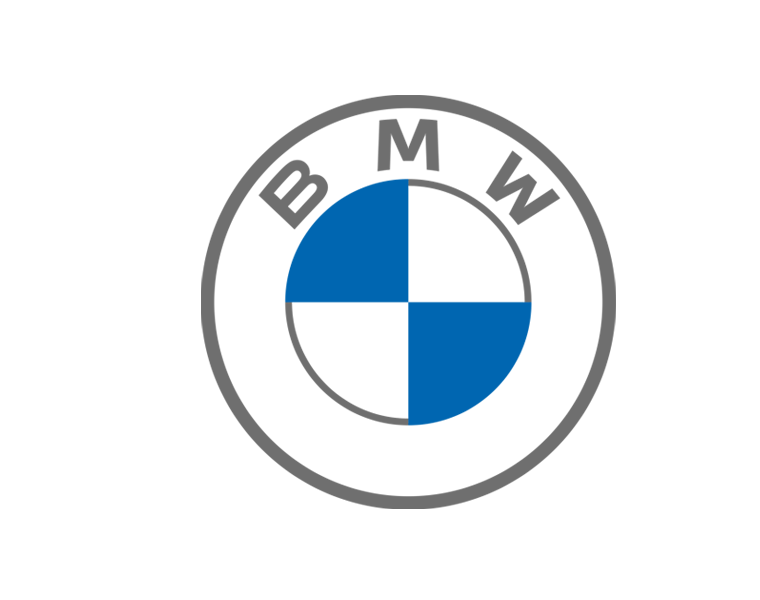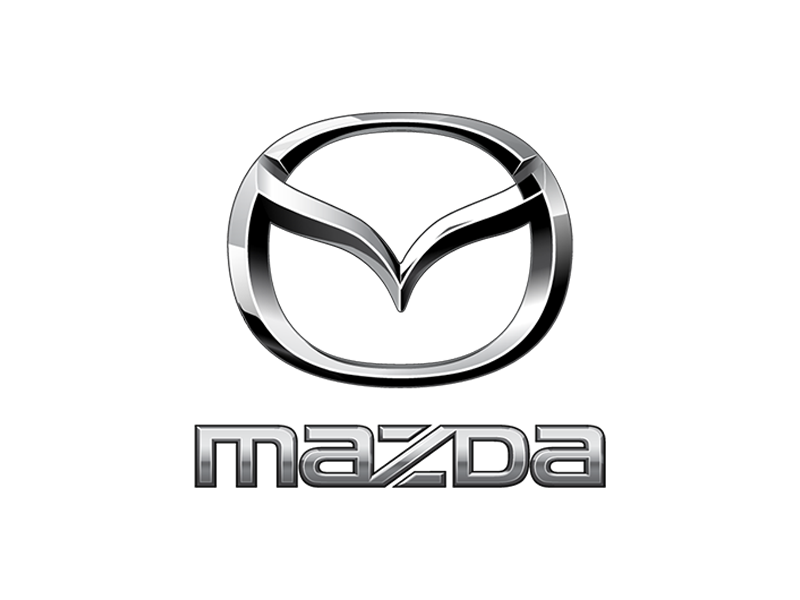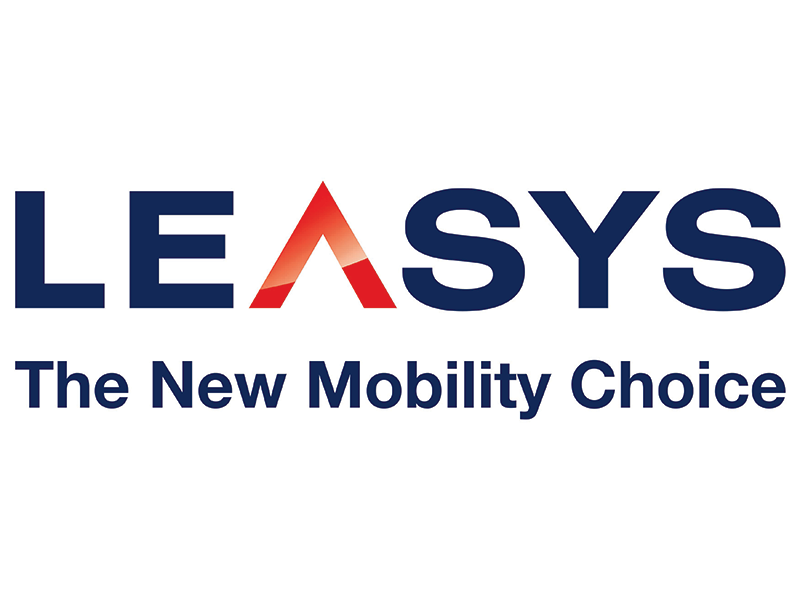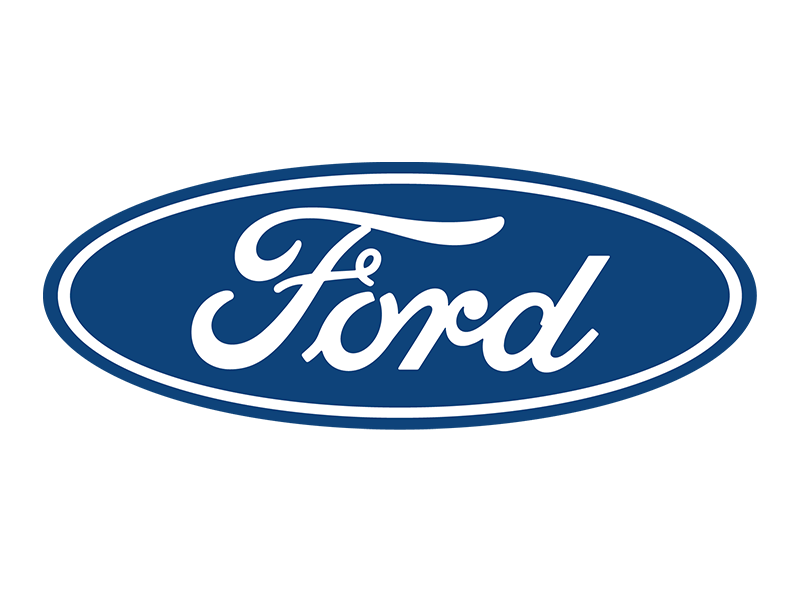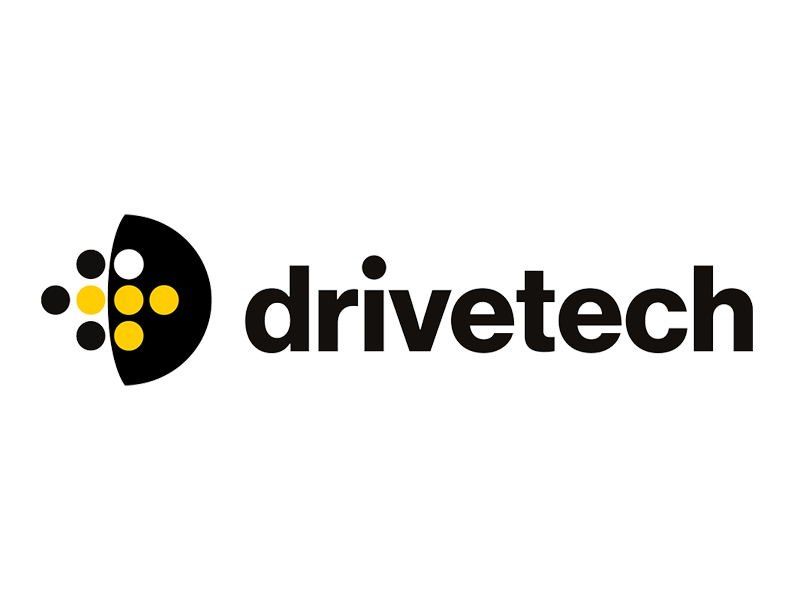For decades, businesses have used new technologies to forge connections in new markets and help scale their supply chain networks globally. As a result of this exponential growth, demand has risen for new solutions that can combat the growing complexity of supply chain networks, whilst simultaneously driving innovation to remain competitive in the face of rising end-user expectations.
by Alessandro Lori, PhD, Head of Data Products, Verizon Connect
The deployment of technologies like Artificial Intelligence (AI) and machine learning are two examples of the innovations that can offer fleet operators a competitive edge, and the introduction of these technologies is fuelling a wave of disruption across multiple industries involved in supply chain networks.
Take the haulage industry, for example. Ridesharing is one area where some major global firms have begun leveraging AI and machine learning logistics. This move has caused great concern in many quarters, with many haulage businesses beginning to wonder if their livelihoods were at risk. Much to their relief, these initial attempts did not pan out, but the potential consequences raised deeper questions about how AI in transportation would move the industry forwards in years to come.
In an industry facing major digital disruption, the introduction of such transformative technologies is leaving fleet owners and operators with many unanswered questions about the sustainability of their businesses and how they can remain viable.
Small changes with big impact
One source of concern for suppliers of commercial vehicles is the prospect of large technology companies entering the industry and crippling their chances at being competitive. However, despite the huge investments being made in R&D, there is little indication that autonomous commercial vehicles will reach either technological or legal maturity in the near future.
That being said, major changes in the transportation industry due to AI are already happening and in regular practice, although they might be more subtle than self-driving vehicles. The reality is that driverless vehicles aren’t the only use for AI in transportation. For instance, it wasn’t long ago that owners only had a vague insight into how they could interpret critical events reported from telematics monitoring systems. Today, video solutions provide the context necessary to understand the actual circumstances around a harsh driving event, which was previously limited to the interpretation of numerical data. In fact, progressive analysis skills made possible by machine learning are continuously improving the accuracy of the automated classification of event severity, and managers are now notified only when an event requires review.
This means that business leaders have the ability to broaden visibility and deepen their knowledge of what goes on within their fleets, without adding to their burden by requiring a person sift through data (or hours of footage, in this case).
Data drives better decisions
Statistical analysis of driver behaviour and operational efficiency data is as much an art as it is a science. With so many variables to consider, including human and machine elements, refining the way owners and operators manage their people, as well as their equipment, in almost real time, is imperative. Understanding the context of unsafe driving behaviours and having the opportunity to engage the problem directly with a driver to correct it before infractions mount up, or accidents happen, is a major benefit of AI and machine learning-enabled video in transportation.
In addition to reducing the likelihood of accidents, businesses can further mitigate risk by reducing false liability claims. Often, businesses avoid major lawsuits and damage to their reputations by paying out when accused of fault in an accident. Without the ability to back up a driver’s account, owners are left with few options. Video solutions offer the ability to provide evidence as businesses back up their drivers, enhancing the trust relationship between owners and employees, as well as between the business and customers (not to mention prospective customers).
AI isn’t the future, it’s now
With consumers expecting faster delivery and further updates on the way, the new normal in transportation is over-communication, transparency, and complete visibility. All signs point to advances in AI and its impact on all industries continuing to grow, with IDC projecting global spend on cognitive and artificial intelligence systems to grow 38% by 2022.
Customers’ expectations of what constitutes “above and beyond” service are evolving as quickly as the technology that plays an integral part in day-to-day workflows. To offer excellent customer service, businesses must evolve as quickly as the definition of that term.
AI and machine learning are already making businesses smarter and trucking more efficient, helping businesses cushion their bottom line and proactively avoid liability and risk challenges rather than simply reacting to incidents that could otherwise have been avoided.
Companies just now considering how to begin their digital transformation are already behind the curve. As technology like AI continues to become more a part of the industry, even before major changes like autonomous vehicles become a reality, businesses that adopt innovations now will have a much easier time keeping up with the best-in-class competitors.

